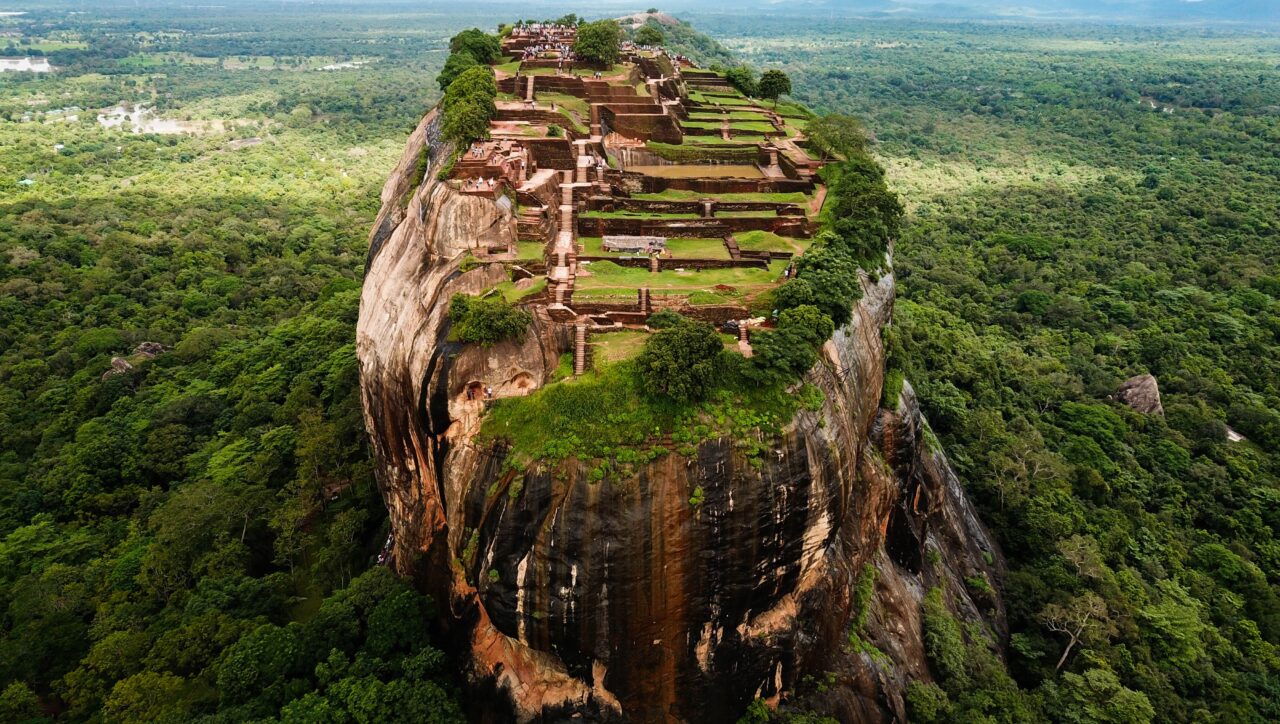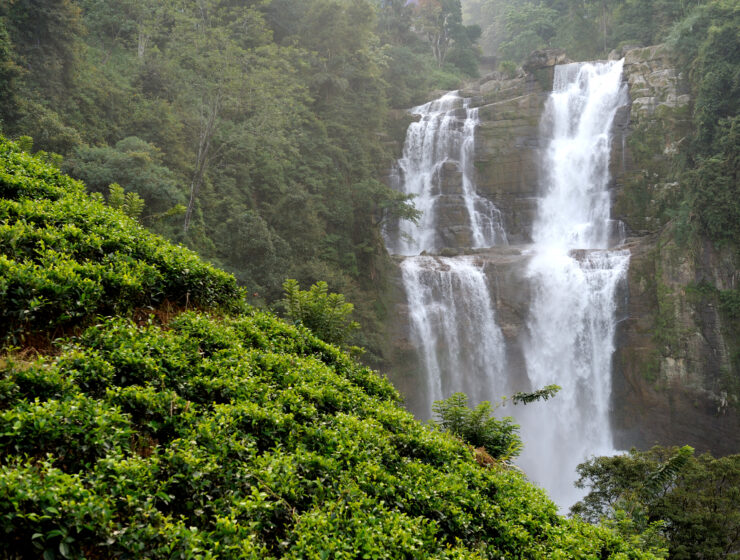
Sigiriya, also known as the Lion Rock, is a breathtaking UNESCO World Heritage site located in the central Matale District of Sri Lanka. This iconic landmark is renowned for its historical significance, architectural marvels, and stunning natural surroundings.
Rising 200 meters above the surrounding jungle, Sigiriya is dominated by a massive rock plateau, atop which stands the remnants of an ancient fortress and palace complex. The site dates back to the 5th century AD when it served as a royal citadel for King Kasyapa. The king chose this location for its strategic advantage, nestled amidst dense forests and surrounded by natural defenses.
One of the most striking features of Sigiriya is its intricate water gardens, which are thought to be among the oldest landscaped gardens in the world. These gardens, complete with fountains, pools, and pathways, demonstrate the advanced engineering and artistic skills of the ancient inhabitants.
The highlight of Sigiriya is the ascent to the summit, where visitors can climb a series of steep staircases and narrow pathways carved into the rock. Along the way, they pass by ancient frescoes, known as the “Sigiriya Damsels,” which depict celestial maidens in vibrant colors and intricate detail. These frescoes provide valuable insights into the art and culture of the period.
At the pinnacle of the rock, visitors encounter the remains of King Kasyapa’s palace complex, including the foundations of the royal residence and the iconic Lion Gate. The gate, which once featured a colossal lion sculpture guarding the entrance, has since eroded, leaving behind two massive lion’s paws as a testament to the site’s grandeur.
From the summit of Sigiriya, visitors are rewarded with panoramic views of the surrounding landscape, including lush forests, sprawling plains, and distant mountains. The awe-inspiring scenery combined with the rich history and architectural wonders make Sigiriya a must-visit destination for travelers exploring the cultural heritage of Sri Lanka.



